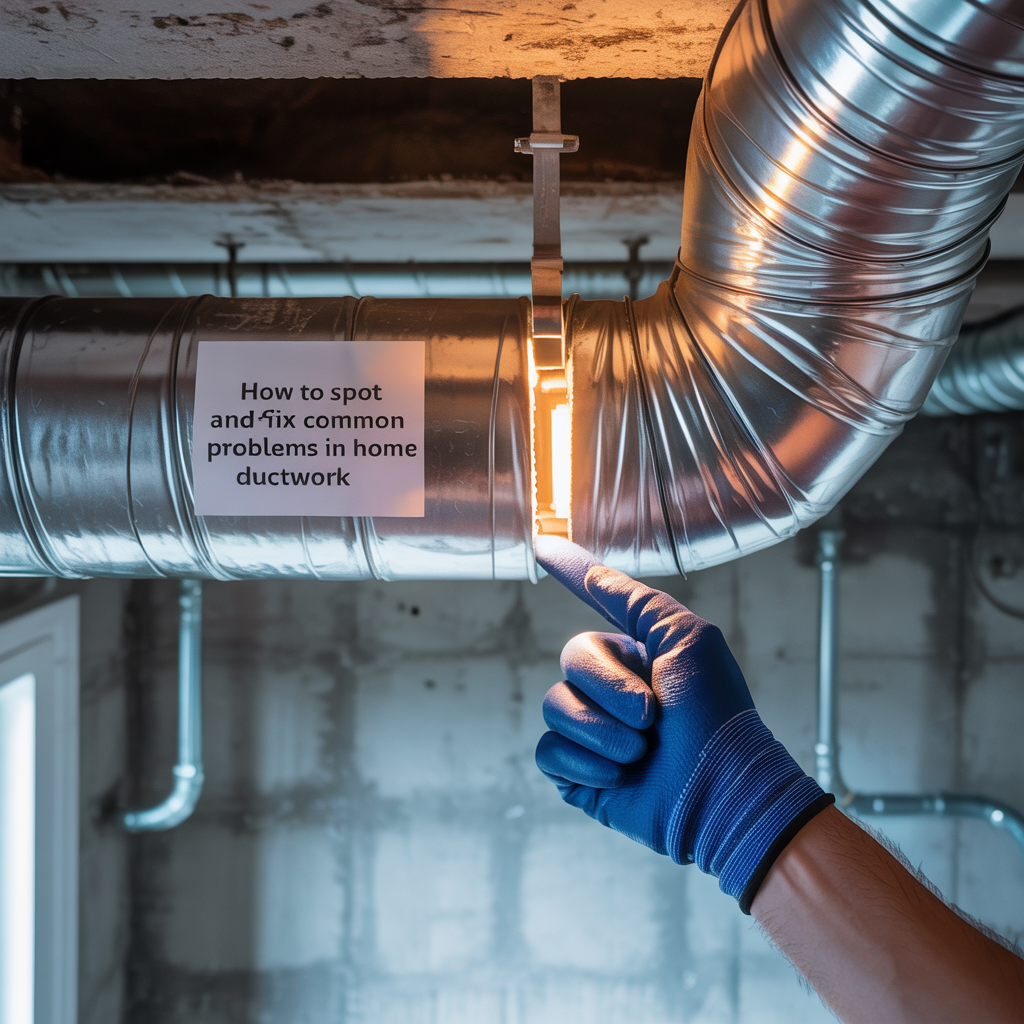
Your home’s ductwork is a vital part of your heating and cooling system, yet it’s often overlooked until something goes wrong. Over time, ducts can develop leaks, accumulate debris, or become poorly sealed, which leads to inefficiency and discomfort indoors. Recognizing the warning signs and knowing how to address common issues can not only protect your comfort but also save you money on energy bills.
In this article, we’ll discuss how to identify early indicators of ductwork problems and explore simple, practical solutions for improving your home’s airflow. By taking the time to understand your system, you can prevent small issues from turning into costly repairs while keeping your indoor environment healthier and more consistent.
Recognizing Early Warning Signs in Your Ductwork
One of the first ways to recognize trouble in your ductwork is noticing inconsistent temperatures throughout your home. For example, if one room feels chilly while another remains warm, this could indicate blockages, loose connections, or leaks within the duct system. Another early indicator may be unusual noises, such as rattling or whistling when the system is running. Sounds like this often signal that sections of ductwork are loose, bent, or improperly sealed.
You may also detect signs in your indoor air quality. Excessive dust on surfaces, musty odors, or increased allergy symptoms can point to debris buildup or gaps in the ducts where outdoor air is being pulled in. Rising energy bills are another key signal that the system is working harder than it should due to poor airflow or leaks. Catching these clues early helps you address issues before they escalate into more serious or expensive problems.
Practical Fixes for Common Home Airflow Problems
Once you’ve identified issues, there are a few simple steps you can take to restore efficiency and comfort. Start by checking for visible leaks at duct joints and sealing them with foil-backed duct tape or mastic sealant, both of which are designed for HVAC use. You can also add insulation around exposed ducts, especially in unconditioned areas like attics or basements, to maintain more consistent indoor temperatures. Cleaning vents and replacing air filters regularly also helps reduce dust accumulation and improve airflow.
For more persistent issues, such as obstructed ducts, crushed sections, or significant air leaks, it may be best to call in a professional. HVAC technicians can perform a pressure test, identify hidden leaks, and recommend upgrades, like duct resizing or balancing, to improve system performance. Tackling problems early not only ensures your heater or air conditioner operates efficiently but also helps extend the life of your entire HVAC system.
Your ductwork may be out of sight, but it should never be out of mind. Paying attention to the early signs of trouble and addressing them with practical fixes can dramatically improve your home’s comfort, air quality, and energy efficiency. Small preventative steps such as sealing leaks, cleaning vents, and scheduling regular inspections go a long way in keeping your system running smoothly.
By understanding how duct issues arise and what to do about them, you’ll be better prepared to maintain a healthier, more efficient home environment. Whether you handle the fixes yourself or seek professional support, proactive care of your ductwork ensures that your heating and cooling systems serve you well for years to come. All American HVAC, Inc., 626.736.0962
